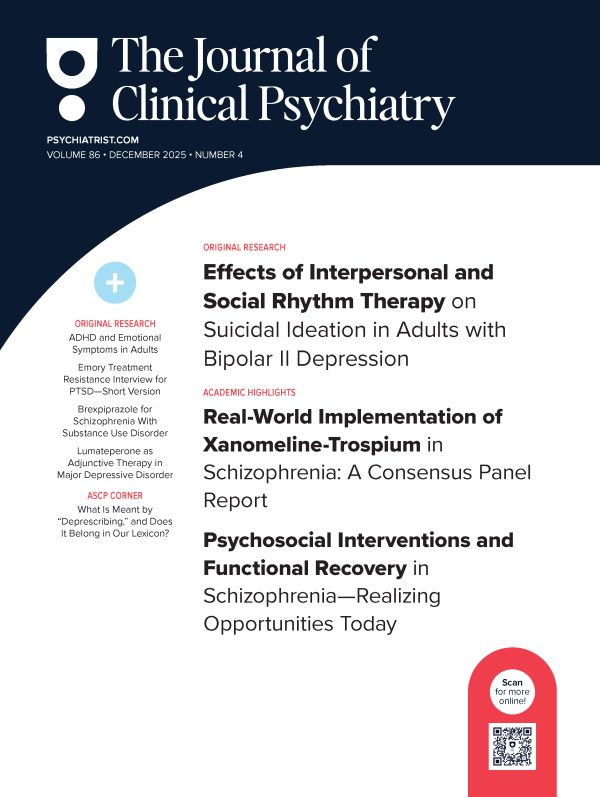Objective: This study examined the types of resources a suicidal person might find through search engines on the Internet. We were especially interested in determining the accessibility of potentially harmful resources, such as pro-suicide forums, as such resources have been implicated in completed suicides and are known to exist on the Web.
Method: Using 5 popular search engines (Google, Yahoo!, Ask.com, Lycos, and Dogpile) and 4 suicide-related search terms (suicide, how to commit suicide, suicide methods, and how to kill yourself), we collected quantitative and qualitative data about the search results. The searches were conducted in August and September 2006. Several coraters assigned codes and characterizations to the first 30 Web sites per search term combination (and “sponsored links” on those pages), which were then confirmed by consensus ratings. Search results were classified as being pro-suicide, anti-suicide, suicide-neutral, not a suicide site, or error (i.e., page would not load). Additional information was collected to further characterize the nature of the information on these Web sites.
Results: Suicide-neutral and anti-suicide pages occurred most frequently (of 373 unique Web pages, 115 were coded as suicide-neutral, and 109 were anti-suicide). While pro-suicide resources were less frequent (41 Web pages), they were nonetheless easily accessible. Detailed how-to instructions for unusual and lethal suicide methods were likewise easily located through the searches.
Conclusion: Mental health professionals should ask patients about their Internet use. Depressed, suicidal, or potentially suicidal patients who use the Internet may be especially at risk. Clinicians may wish to assist patients in locating helpful, supportive resources online so that patients’ Internet use may be more therapeutic than harmful.
Please sign in or purchase this PDF for $40.00.





